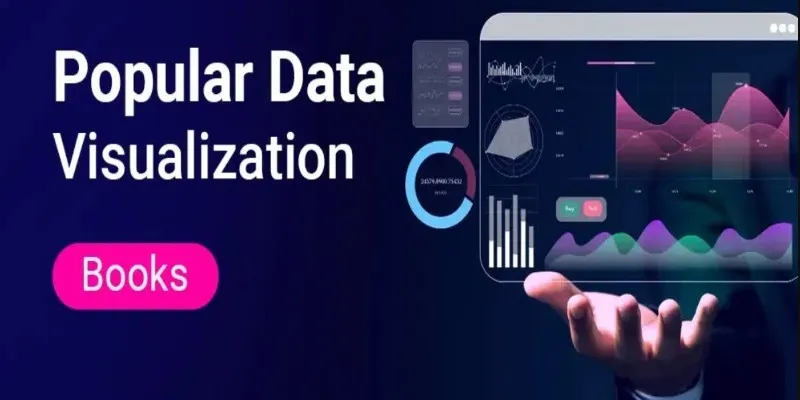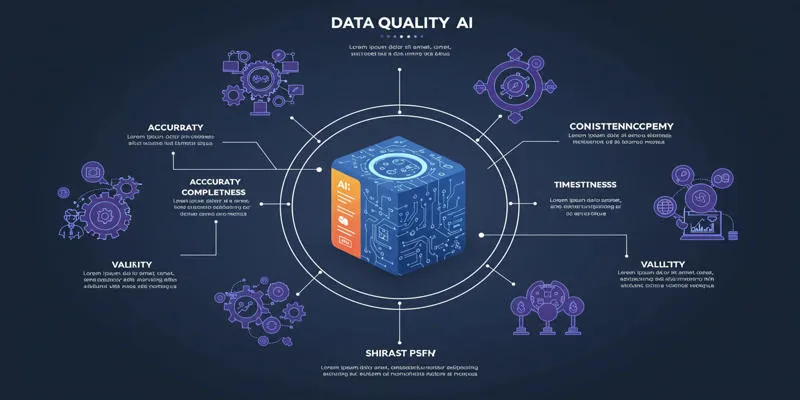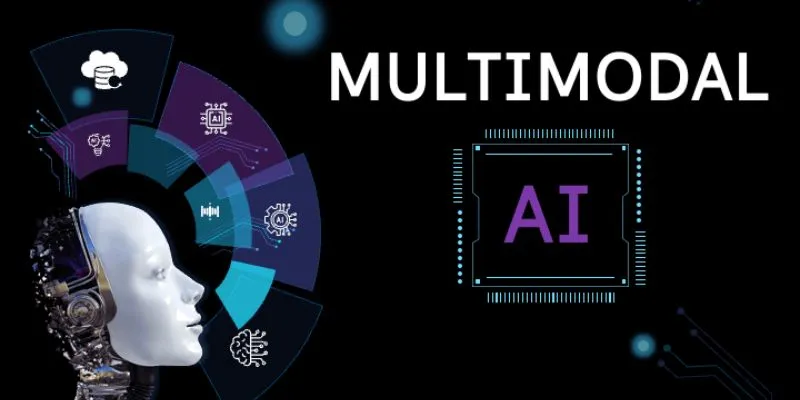The electric vehicle (EV) charging industry is advancing as it meets the growing demand for cleaner transport and efficient energy use. Charging networks face the challenge of serving millions of vehicles plugging in unpredictably while maintaining grid stability and cost-effectiveness.
Artificial intelligence (AI) is becoming a pivotal tool, helping operators interpret smart meter data, forecast usage, and respond precisely to fluctuations. As more electric vehicles hit the road, AI is proving essential for a smarter, more reliable, and sustainable charging network.
Smarter Use of Smart Meter Data with AI
Smart meters collect vast amounts of real-time energy data, but much of it has been underutilized. Traditionally, operators have used fixed pricing and averages for scheduling, which doesn’t consider electricity demand’s unpredictable nature. AI now enables detailed analysis of smart meter data. Machine learning identifies charging patterns, aligns them with household or business energy profiles, and recommends optimal charging times.
By examining minute-by-minute data streams, AI helps prevent grid overload during peak hours. For instance, algorithms can predict high-demand periods and adjust charging output or shift sessions to quieter times. Drivers benefit from lower rates during off-peak hours, guided by smarter apps. Over time, AI learns seasonal behaviors, adjusting recommendations seamlessly.
This enhanced data usage transforms raw readings into actionable decisions. Utilities and operators avoid costly last-minute adjustments, while drivers enjoy predictable access and lower energy bills. These benefits extend to the wider grid, balancing demand and improving generation efficiency.
Predicting and Managing Demand
Uncertainty has always challenged EV charging networks. Demand can spike in one area while dropping in another. AI addresses this by integrating smart meter data with external factors, such as weather forecasts, local events, and traffic trends, to predict demand shifts.

This predictive capability allows for better planning. If AI forecasts a surge in a region during a long weekend, operators can prepare with additional chargers or adjust speeds to serve more vehicles. At the grid level, these forecasts help utilities prepare generation resources, reducing outage risks and emergency power reliance.
In areas with significant renewable energy capacity, AI aligns EV charging with plentiful clean energy periods, reducing fossil fuel dependency and improving transport’s environmental footprint.
AI’s demand prediction enhances service reliability, reducing surprises for operators and interruptions for drivers. For communities investing in EV infrastructure, this predictability builds trust and encourages adoption.
Improving Efficiency for Operators and Drivers
AI optimizes the charging experience for drivers while streamlining operations. On the driver’s side, smart AI-powered apps recommend optimal plug-in times, display real-time pricing based on grid load, and automate charging for lowest rates, helping drivers save money and ensure vehicle readiness.
For operators, AI minimizes wasted energy and boosts profitability. Smart meters provide precise consumption data, which AI transforms into actionable insights. Maintenance planning benefits as AI detects potential issues before they become serious, keeping chargers available when needed.
Pricing strategies also improve with AI. Understanding driver reactions to price changes and grid demand shifts enables operators to adjust rates, keeping networks sustainable without overburdening users. This flexibility ensures affordable services while supporting growth.
On a larger scale, these efficiencies support a more resilient grid. By evening out demand and preventing peak-time overloads, AI helps serve more vehicles with existing infrastructure.
Supporting the Transition to a Smarter Grid
As EV adoption grows, the line between transportation and energy infrastructure blurs. Utilities and charging operators collaborate more closely, with smart meter data and AI central to this partnership. Together, they view EVs as active grid components, not just loads.

Vehicle-to-grid (V2G) technology, which allows parked EVs to send electricity back to the grid during high demand, exemplifies this. AI determines when vehicles should discharge or charge, based on smart meter feedback and demand predictions. This stabilizes the grid, reduces fossil fuel reliance, and can generate income for EV owners.
Neighborhoods and workplaces adopt similar systems, coordinating multiple vehicles to avoid overloads and ensure batteries charge when needed. At city or regional levels, these systems aid urban planners in integrating EV charging into broader energy and mobility strategies, strengthening the link between transportation and sustainable energy.
Conclusion
AI is revolutionizing how the EV charging industry utilizes smart meter data, making networks more reliable, affordable, and aligned with clean energy. By predicting demand, enhancing efficiency, and supporting grid stability, AI transforms vehicle and energy system interactions. As EV adoption grows, these innovations help drivers and utilities adapt to changing needs, building a smarter, more sustainable future.
 zfn9
zfn9





















